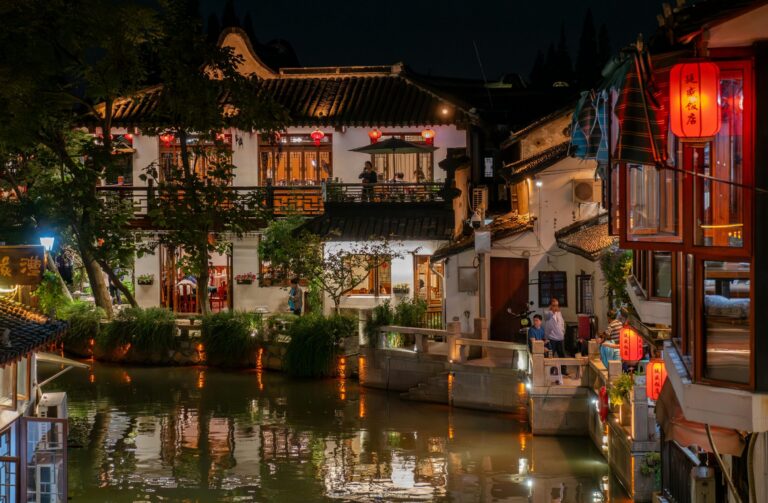This article gives a brief introduction about China Customs. China Customs is the organization responsible for the flow of goods into and out of the country. This article will particularly concentrate on the tariffs issued by Customs. Tariffs are the taxes placed on imported or exported goods. It is mandatory and its rate is pre-set for different types of goods. It is used as a source to increase fiscal income, and as a tool to protect China’s domestic enterprises.
Tariff rates: classification
China’s customs duty rates are divided into two parts: import duty rates and export duty rates. In a more detailed classification, import duty rates can be divided into four sub-sections: most favored nation rate, general rate, the agreement rate and the specially preferential rate. China’s customs duty rates are set based on the harmonized commodity description and coding system (HS). Most of China customs are ad valorem taxes, and there are also a few types of per unit tax or compound duties. By the end of 2011, the number of tariffs increased to 7977.
China Customs: where is it collected?
Cities or districts that are approved by China Customs to collect tariffs are called bonded areas. China now has 15 bonded areas, they are: Dalian (大连), Tianjingang (天津港), Qingdao(青岛), Waigaoqiao (外高桥), Ningbo (宁波), Shantou (汕头), Fuzhou (福州), Xiamen (厦门), Guangzhou(广州), Haikou (海口), Shenzhen Shatoujiao (深圳沙头角), Futian (福田), Yantiangang (盐田港), Zhuhai (珠海), and Zhangjiagang (张家港).
Also, the nearby district called the bonded port area is used as the port, the foundation for logistics, and product processing. Currently, China Customs bonded port areas are: Shanghaiyangshan (上海洋山), Daliandayaowan (大连大窑湾), Tianjindongjiang (天津东疆), Hainanyangpu (海南洋浦), Ningbomeishan (宁波梅山), Qingdaoqianwan (青岛前湾), Xiamenhaicang (厦门海沧), Shenzhenqianhaiwan (深圳前海湾), Guangxiqinzhou (广西钦州), Suzhou Industry Zone (苏州工业园综合保税区) and Tianjinbinghai (天津滨海).
China Customs: problems and current adjustments
All countries have a natural protection for their own enterprises and China is no exception. However, technology is developing at a very fast pace, and many of current customs taxes are not in effect. The most obvious example is the IT industry. Globalization has provided firms with the worldwide market and if a country’s tariff is too high, they can easily switch to another. There is no doubt that China will join the information technology agreement and tariffs are likely to decrease or even eliminated in the future. China has to adjust its tariffs so that it can control the internal needs of its domestic enterprises’ developments. However, China’s seemingly high tariffs, is not working as planned due to the special needs, emergencies, and preferences in practice. Corruption has also been a problem because there are no set import or export quotas in place. It has been suggested by economists that the government use import or export quotas in replacement of tariffs, but this will take a long time to switch. In recent years, the biggest adjustment of China Customs occurred in January 2009, in response to the global financial crisis. The goal of this adjustment was to optimize the structure of export goods and promote the change in the mode that the economy develops while also helping to expand domestic demand.
Daxue Consulting China Research
Sources:






